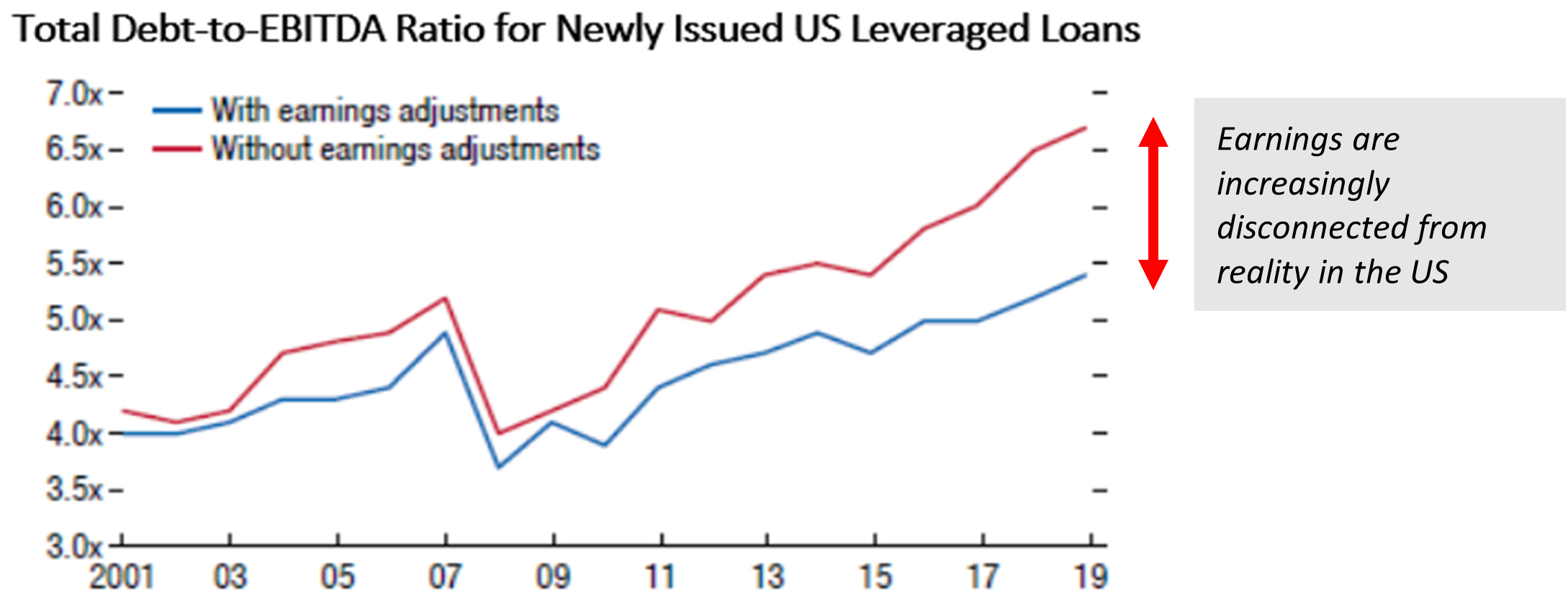This US market is reaching boiling point, what are the alternatives?
Timing the top of a market is an entirely thankless task. For every genius who sold it all in 2007, there are countless others who have moved to cash when diviners have called massive stock market crashes that never occurred. If you made a $10,000 investment in to the ASX/S&P 200 Accumulation index in 2003 and missed the best 10 trading days, your investment would today be worth $29,905. If you’d sat on your hands, it would be worth $50,468.
The good news is the same sensitivity to missing favourable market fluctuations does not hold so true when investing in private credit. Private credit is not much a growth asset class. For a typical defensive biased allocation, the objective is to generate stable recurring income rather than capital growth. Assets are typically held to maturity and therefore should not exhibit the type of volatility experienced by equity markets. The major risk to private credit investors is the risk of loss of capital investment through loan defaults.
Default Rates
Avoiding spikes in default rates can be a meaningful swing factor in the long-term performance of an allocation to private credit. Defaults in private credit occur when a borrower fails to meet its contractual undertakings under the loan agreement, such as missing an interest payment or failing to repay principal when the loan reaches its maturity date. Whilst companies can experience defaults in any market cycle, default rates tend to increase in a recessionary environment. Default rates can be exacerbated if the private credit market in question has been particularly heated in the years leading up to a recession. The two usually go hand-in-hand, following the typical boom and bust cycle.
Overheated US Private Credit Market
Much is being written on the risk of a US recession in 2023. When faced with a private credit market which is more overheated than 2007, is now the best time to allocate? The US private credit market is hotter than it’s ever been. A perfect storm is brewing.
Total debt as a ratio of EBITDA in the US was 6.3x in 2021. That’s higher than the 6.2x provided in 2007.
Private equity firms paid an average 11.9x EBITDA for businesses in 2021. In 2007 the average price paid was 9.9x. Record levels of debt are supporting those purchase prices. Total debt as a ratio of EBITDA in the US was 6.3x in 2021. That’s higher than the 6.2x provided in 2007. Perhaps the more pressing issue is that the EBITDA numbers used to perform these calculations are more fictitious than ever before. Adjustments to earnings are the highest they’ve been in history with loans in those markets structured off heavily normalised earnings which often bear little resemblance to the cash the company is actually generating (i.e. EBITDA really isn’t a good proxy for cash). You need cash to pay interest, and private credit loans are all floating rate instruments.
Any way you look at things, private credit in the US is reaching boiling point.
Increases in interest rates will put meaningful pressure on company cash flows, and should valuations move back to their long term averages we could well be re-introduced to the zombie companies that were prevalent in the years following the GFC. Covenants lack teeth (if they exist at all), loans are being used to fund dividend payments in record levels, and reasonable lender protections in loan documentation is being eroded.

Source: Moody’s Corporation
Australia presents a strong alternative
The local picture suggests there is a far better alternative on our doorstep. The private credit market in Australia is in its earlier stages of development, with banks dominating lending to the majority of the market. Most loan structures are not as risky as offshore equivalents and yet deliver comparable returns. Whilst larger domestic syndicated loans have demonstrated a tendency to import aggressive offshore terms and conditions because offshore financial sponsors, international investment banks and law firms attempt to justify those structures and terms as “market”, the same cannot be said of the Australian middle market. The middle market is not as heavily intermediated, nor does it currently receive anywhere near the size of supply of capital from non-banks as the syndicated markets. Terms and conditions are far more idiosyncratic, with loans structures and terms and conditions negotiated directly between the borrower and the lender. Purchase price valuation multiples have held steady over the last decade, and typical loan leverage levels are less than half of that seen offshore. Covenants are strong and terms are favourable to lenders.
If you are considering allocating to private credit, you don’t need to call the top of the market. A better starting point is to think about the strongest relative value strategy from a geographic perspective and all of the data suggests that the Australian middle market is the place to be.
Never miss an update
Hit the 'follow' button below to be notified every time I post a wire or hit the 'like' button to let us know you enjoyed it.
Not already a Livewire member? Sign up today to get free access to investment ideas and strategies from Australia’s leading investors
4 topics

